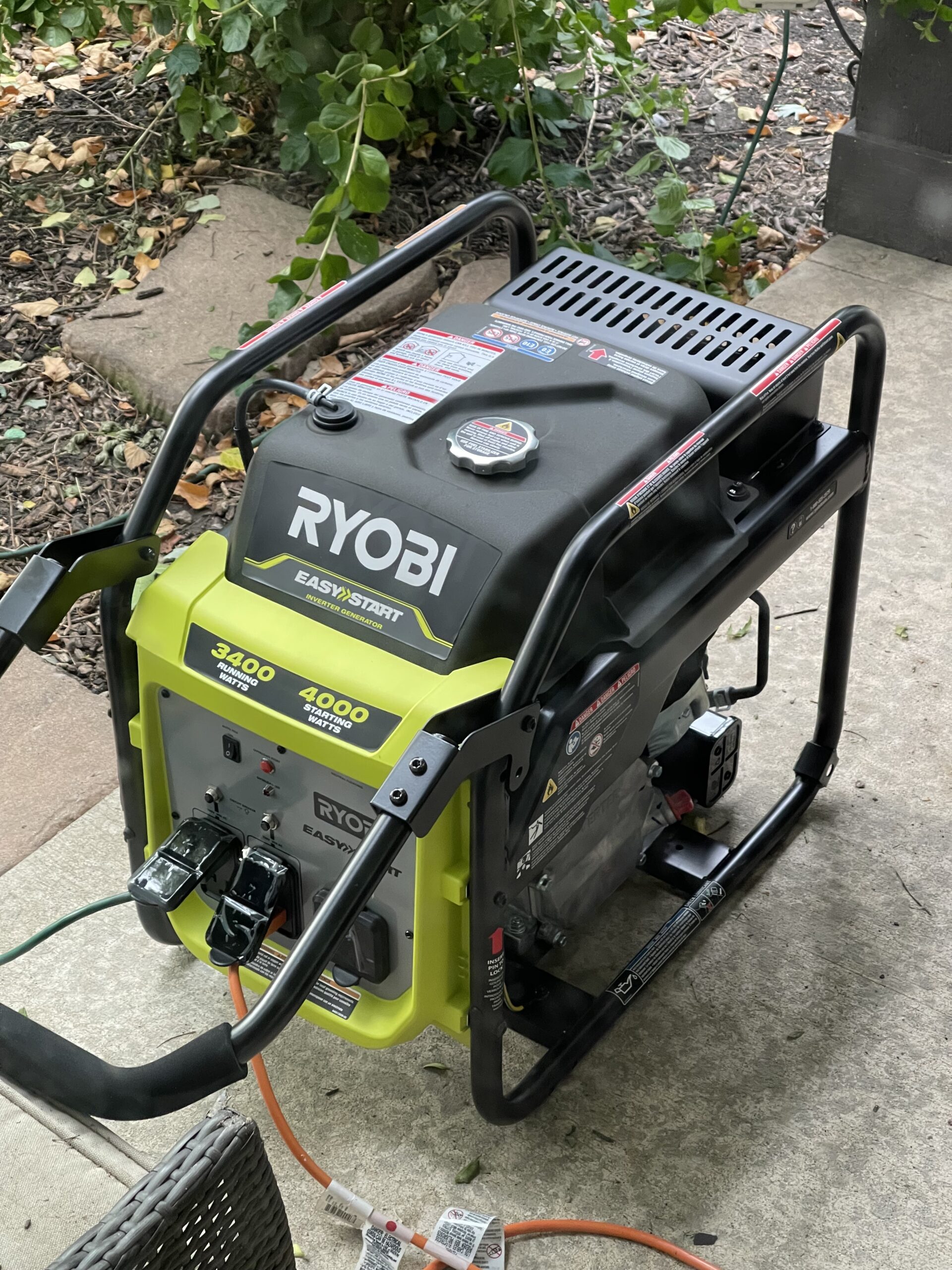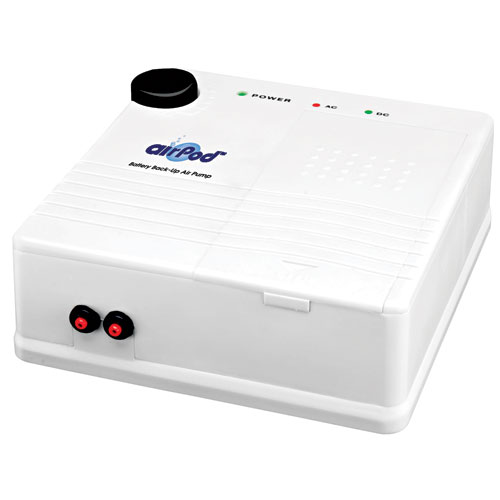Possibly one of the most daunting things you can encounter is sudden silence from the reef tank when the power goes out. Or perhaps you know the power is going out on a particular day for scheduled maintenance? Whether the power outage is due to natural disasters, accidents, or man-made issues, here are some things you can do to prepare yourself and the aquarium for the worst.
Don’t panic in a power cut
You’ve got at least 2-3 hours of a dead still tank before livestock can even start to show signs of stress. The fish will most likely just hide when the lights go out. Corals might even go into feeding mode (but don’t feed them).
Get a fuel generator
A petrol or diesel “genny” is a great way to keep the essentials running when the power drops. A decent-sized genny will run the whole aquarium or you can opt to just run the essential flow pumps, return pumps, and maybe any heating/cooling needed. A pure sine wave generator is a more advanced type of genny that allows you to run sensitive equipment like return pumps with controllers, delicate LED lighting, and aquarium controllers, without a pure sine wave capable generator you run the risk of damaging your equipment.

A cheap option for this path would be a cheaper/low-end genny and get a cheap pond pump and some hose to use in an emergency. Just use the pump to recirculate the water from the sump to display. But for the money you have invested into the aquarium, a good genny setup is worth it.
Get a UPS (Uninterruptible Power Supply)
Depending on the size of the unit you invest in, you can power the essentials like low-energy wave makers or a return pump for a few hours or much longer if you get a larger unit. These devices are essentially a battery backup that automatically turns on when the power goes out with next to no or no delay at all. You can even have a UPS that’s connected to a fuel generator that will automatically turn itself on in the event of a power outage.
Get a deep-cycle battery and inverter
A relatively cost-effective solution that you can have on standby would be a 12v battery (the kind you’d have in your car) and a power inverter to scale the voltage up to the input requirement of the equipment you want to run. •
Get a battery air pump (bait aerator pump)
A fantastic way to deliver oxygen to small aquariums is a simple battery air pump. Keep one handy in the cupboard for emergencies with some spare batteries.
Resort to buckets and elbow grease
If you’ve got no other options, you can siphon water from the sump and pour it back into the display tank, letting it fall from a little height to make small splashes and oxygenate the water. This will need to be done almost continuously so make sure you’re up to the task of being a human return pump.
Prepare frozen bottles or heat packs
Don’t forget about aquarium temperature, having bottles of water pre-frozen in your chest freezer to float in the aquarium to cool it or chemical heat packs you can stick on the glass to keep the temperature somewhat stable will save you some heartache. If you’re going to use any sort of chemical cooling or heating packs, make sure the contents of the packets aren’t added to the aquarium or allowed to get wet and contaminate anything.
Larger tanks could be heated with hot water bottles filled with boiled water from a gas stove and then floated in the tank. A fan blowing across the water surface will cool a system down by around 2-3°C via evaporative cooling. So if you have a generator running this can be helpful to cool your system down a little.
Hotter temperatures are more dangerous than cooler temperatures since dissolved oxygen is lower as temperatures become warmer so you probably won’t need to focus on heating too much unless you live in a very cold climate. Hopefully, this helps anyone in this situation to prepare for the situation when it happens.



